
A bird's-eye view of Sanjiangyuan National Park, Qinghai province. (Photo provided to China Daily)
In a move to honor its climate commitment and further propel the building of an ecological civilization, China unveiled a master working guideline on Sunday that aims to elevate energy efficiency to an advanced international level and lift non-fossil energy consumption to over 80 percent of the whole by 2060.
China intends to have fully established a green, low-carbon and circular economy and a clean, low-carbon, safe and efficient energy system by 2060. It will be carbon neutral, will have achieved significant results in ecological civilization and will have reached a new level of harmony between humanity and nature by then, according to the document.
By 2030, China's carbon dioxide emissions per unit of gross domestic product will have dropped more than 65 percent, compared with the 2005 level, and the share of non-fossil energy consumption will have reached around 25 percent, with the total installed capacity of wind power and solar power reaching over 1200 gigawatts. Carbon dioxide emissions will have peaked and stabilized and then declined, it said.
In September last year, President Xi Jinping announced that China aims to have carbon dioxide emissions peak before 2030 and to achieve carbon neutrality before 2060.
The country is "firmly committed to a green, low-carbon and high-quality development path that gives primacy to ecological civilization", the guideline said.
Wang An, an academician with the Chinese Academy of Engineering, said the working guideline fully demonstrates China's sense of responsibility as a major economy in building a community with a shared future for mankind.
"The high concentration of carbon dioxide and other greenhouse gases in the atmosphere has been caused mainly by accumulated emissions from developed countries over the past over 200 years since the industrial revolution. They should shoulder larger responsibilities in reducing emissions," said Wang, who is also president of China International Engineering Consulting Corp.
Unlike many rich countries, China hasn't yet seen its carbon dioxide emissions peak. However, it promises to achieve carbon neutrality almost at the same time as the rich countries, Wang said.
With the working guideline as an overarching guide, the country will also develop specific action plans for different industrial sectors and introduce supporting policies, including financial instruments and procedures for supervision and assessment, according to the National Development and Reform Commission, China's top economic planner.
The working guideline asks for the promotion of comprehensive green transformation in economic and social development, including optimizing plans for regional green and low-carbon development, and accelerating the formation of green production modes and living patterns.
It also urges in-depth industrial restructuring, for instance, "firmly curbing irrational expansion of energy-intensive and high-emission projects", and "vigorously developing green and low-carbon industries", while accelerating the development of a clean, low-carbon, safe and efficient energy system.
Other main facets include accelerating the construction of a low-carbon transportation system, improving the quality of green and low-carbon development of urban and rural areas, strengthening research on green and low-carbon technologies and promoting their application, and continuing to consolidate and improve carbon sink capacity.
Carbon sinks are natural and artificial deposits that absorb and hold carbon.
While promoting China's climate process, the wide-ranging transformation will also have long-lasting significance for the country's sustainable and high-quality development, according to experts.
The nation will step up reforms and improvements in energy and electricity pricing, including that for electricity transmission and distribution, they said.
High-level proportions of renewable electricity can be included in the power grid and distributed to consumers only by improving the on-grid pricing of wind, solar and other new energy sources of electricity, deepening reforms in the hydropower pricing, establishing and enhancing the pricing procedures for power storage used to balance the grid, and reforming the electricity transmission and distribution pricing regimen, according to Yang Juan, a researcher at the NDRC's market and price research institute.








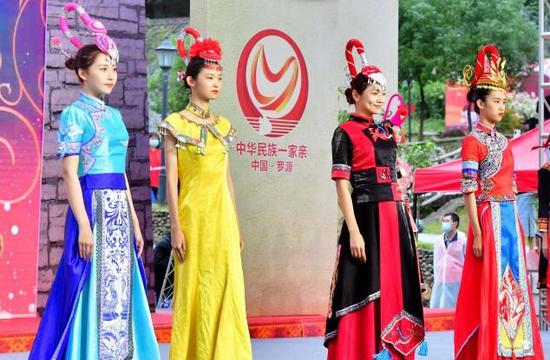







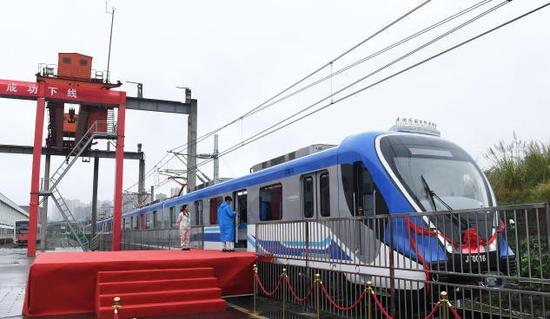





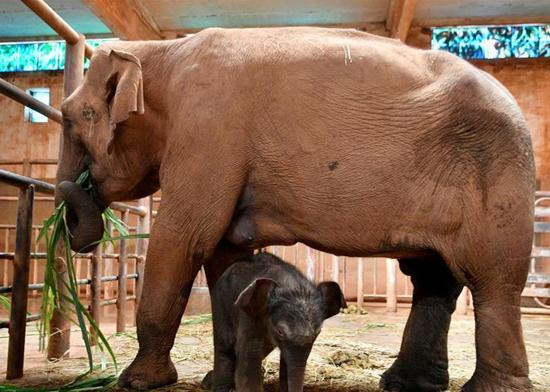







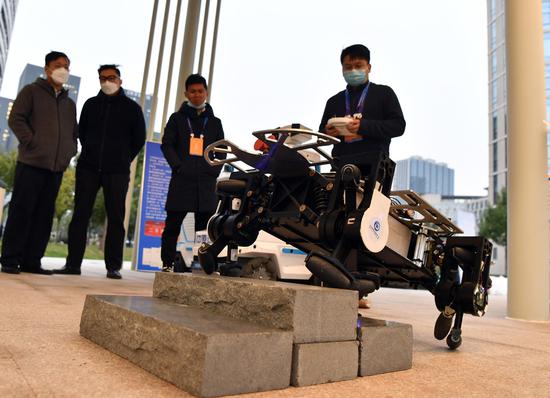



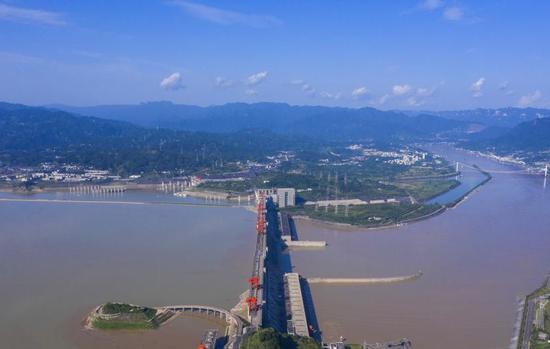


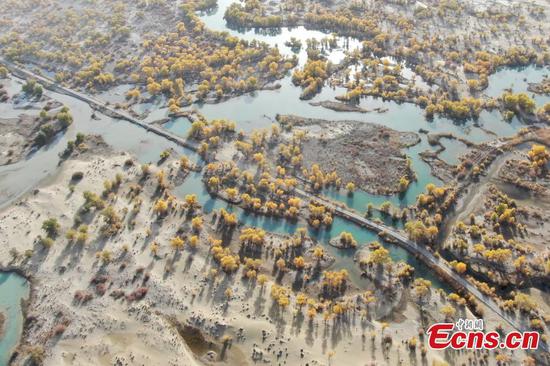












 京公网安备 11010202009201号
京公网安备 11010202009201号